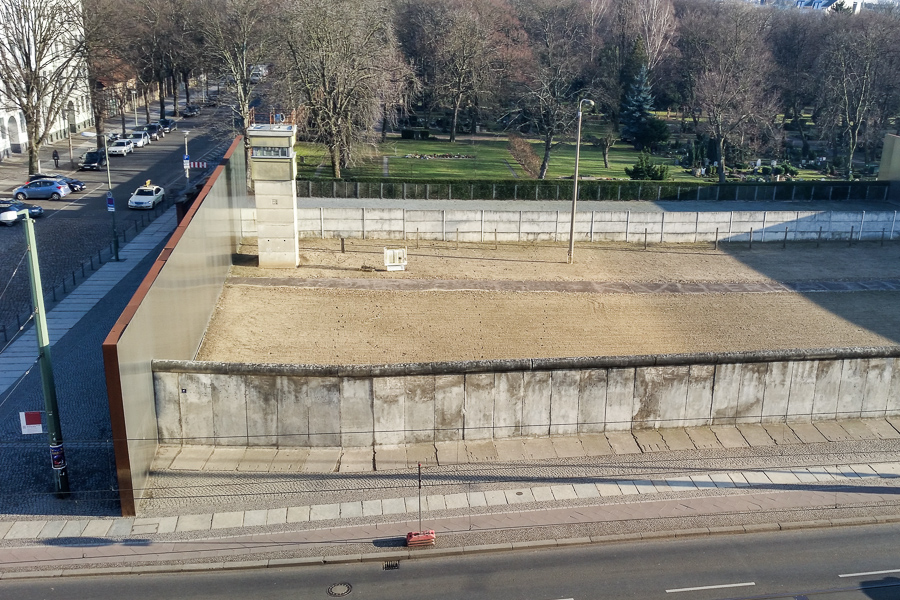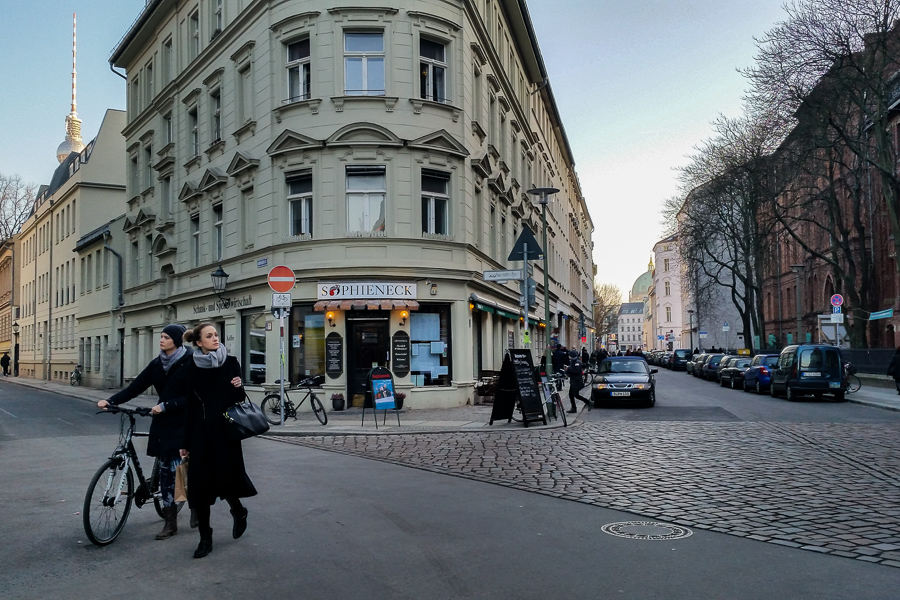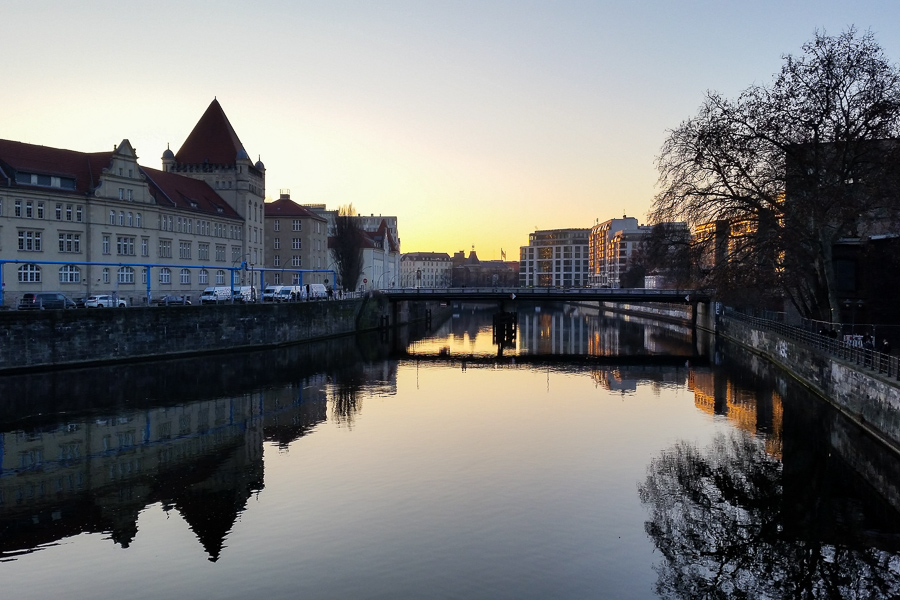Anthropogenic climate change may have permanently destabilized both the West and East Antarctic Ice Sheets, meaning the planet could experience 3.3 to 4.3 meter sea-level rises in the next few centuries. And even better, gravity will push more towards North America than towards anyplace else:
In the event of a collapse of the West Antarctic ice sheet, scientists have determined that the United States will receive moresea level rise than almost any other part of the world. (Granted, so will other countries in North America, like Canada and Mexico, which have considerably less global warming responsibility.)
In this case, West Antarctica is so large that it pulls the global ocean toward it, which slopes upward toward the ice sheet and the Antarctic continent in general. But if West Antarctica were to lose a substantial part of its ice, then the gravitational pull would relax, and sea level would actually decrease near the ice sheet even as it spreads and increases across the global ocean.
But not evenly. Instead, areas farther from West Antarctica would get more sea level rise, and North America and the United States might get more than any other inhabited place on Earth. “The water that had been held close to West Antarctica spreads out across the ocean,” explains Penn State glaciologist Richard Alley, “and we’re far enough away that we weren’t in the ‘pile’ that was held close to West Antarctica when the ice sheet was there and its gravity attracted the water to make the pile, but we get our share of the water from that pile when it spreads out.”
So possibly, a couple centuries from now, there will be an enormous dam protecting the Long Island Sound from the Atlantic, and Florida will be an artificial island somewhere near Miami. Good work, humans.
Eurozone economic stagnation has beaten up the currency this week; Krugman explains how it might affect us:
[T]he main driver [in the euro's fall] is the perception of permanent, or at any rate very long term European weakness. And that’s a situation in which Europe’s weakness will be largely shared with the rest of the world — Europe will have its fall cushioned by trade surpluses, but the rest of us will be dragged down by the counterpart deficits.
Now, this is not how most analysts approach the problem. They make a forecast for the exchange rate, then run this through some set of trade elasticities to get the effects on trade and hence on GDP. Such estimates currently indicate that the dollar will be a moderate-sized drag on US recovery, but no more. What the economic logic says, however, is that if that’s really true, the dollar will just keep heading higher until the drag gets less moderate.
So, great if you're traveling abroad, as I will be later this spring; bad if you're the United States or United Kingdom and have lots of exports to Europe. I'll be watching this carefully.
Rebecca Leber at New Republic states the obvious:
The phrase, “believe in climate change” returns almost a quarter-million Google results. As McCarthy said, science is neither a faith nor a religion, yet the term belief pervades media and politics. Why do advocates so consistently play along with the climate-change-denier narrative?
Conservatives have long drawn comparisons between climate change science and a fervent religion. A 2013 National Review column articulated the parallels thus: “Religion has ritual. Global-warming alarmism has recycling and Earth Day celebrations. Some religions persecute heretics. Some global-warming alarmists identify ‘denialists’ and liken them to Holocaust deniers.”
Leber makes good points, but it's not a great article. I'm posting it because I agree with her main point, and also because it's an example of the slide in quality at TNR since they destroyed their editorial board.
People who have read The Daily Parker know I have strong feelings about Le Corbusier, the French architect who nearly destroyed central Paris and who designed the vertical slums that packed in impoverished Americans like cattle. So I found it interesting when I received this email:
I saw that you were interested in Le Corbusier when I stumbled upon your page - www.thedailyparker.com/PermaLink,guid,a36518c4-5f44-4e64-813a-2a9c08ef9c9d.aspx By happenstance, I’ve been working on something that you might find compelling.
For the past two years, Artsy has developed a beautifully designed informational page for Le Corbusier. It includes beautiful images of his work, exclusive articles, and up to date information about his exhibitions. Artsy offers a new way to explore art around the world. I’d like to suggest adding a link to Artsy's Le Corbusier page as I believe it will give your audience a fresh perspective on art.
Oh? Well, I come to bury Corbi, not to praise him. My response:
Thanks for reaching out, and for sending the link. I’d like to post your message (with identifying information removed).
The thing is, though, I really despise Le Corbusier. His architecture was almost anti-human both at a macro and a micro level. He advocated destroying some of the most livable and inviting urban areas in the world—Greenwich Village, the 5th Arrondissement of Paris—in favor of concrete slabs surrounded by dead zones that no sane person would ever want to inhabit. Where he succeeded in this vision, the results have been disastrous. Here in Chicago, for example, the Corbusier-inspired Robert Taylor Homes and Cabrini-Green housing developments became vertical slums within a year of opening, and no amount of evidence that this was happening could convince Le Corbusier to change his approach.
Without Jane Jacobs to shut down his soul-destroying efforts in New York, he and Robert Moses would have destroyed the city. Here in Chicago we’re only now clawing back the damage his ideas did to our environment.
As intellectual exercises his buildings are interesting. As structures that people live and work in, they’re harmful.
So, OK, link posted, with both perspectives as presented. But as I've said before, I look forward to the day when people generally hold Le Corbusier in the same esteem they hold Pachelbel and Kinkade.
Yeah, when my friend sent me an email about "Spocking the five" yesterday, I read it a couple of times before giving up, too. But the Bank of Canada has no problem with it:
It turns out there's not a lot of logic in the belief that it's against the law to Vulcanize Sir Wilfrid Laurier's likeness on the $5 bill.
The death of Leonard Nimoy last week inspired people to post photos on social media of marked-up banknotes that show Canada's seventh prime minister transformed to resemble Spock, Nimoy's famous "Star Trek" character.
For years, Canadians have doodled Spock's pointy Vulcan ears, sharp eyebrows and signature bowl haircut on the fiver's image of Laurier, the first francophone PM.
Contrary to popular belief, it's not illegal to deface or even mutilate banknotes, the Bank of Canada said Monday -- although the publication of a banknote's likeness is still prohibited, except under certain conditions.
In other words, you're allowed to do this:

Photo: Tom Bagley, The Canadian Press
LLAP, Canada.
CitiLabs' Feargus O'Sullivan thinks London should stop looking to New York for guidance and concentrate on a city closer to home:
[L]et me outline the difficulties the U.K. capital faces. London's property prices are spiraling, products of a housing drought that's turning decent apartments affordable on a working class wage into urban legends. The city's inequality chasm is widening inch-by-inch, and once economically diverse neighborhoods risk becoming monocultures. This has helped to deaden and marginalize aspects of the city's cultural life that made London vibrant in the first place—a lesser point than displacement, no doubt, but a problem nonetheless. Meanwhile, the city's regenerative energies are ignoring the small print of daily livability and being channeled into ridiculously flashy grand projects that see the city as a mere display cabinet in which to cluster expensive, largely functionless infrastructural tchotchkes.
Does this all sound familiar, New Yorkers?
What makes [London mayor Boris] Johnson's NY-LON obsession more frustrating is that London actually has a far more relevant role model closer to home. It's a place that has strong historical connection with London, a city whose architecture and cultural life London long strove to emulate. Obviously, I'm talking about Paris.
It's worth a (quick) read.
Between rehearsals, work, and life, I haven't had a lot of time during the day to goof off keep abreast of world developments. So here's what got sent to my Kindle just today:
Also, if you live in Chicago, go vote today.
A joint US-UK operation has obtained the master encryption keys to billions of mobile phones:
The hack was perpetrated by a joint unit consisting of operatives from the NSA and its British counterpart Government Communications Headquarters, or GCHQ. The breach, detailed in a secret 2010 GCHQ document, gave the surveillance agencies the potential to secretly monitor a large portion of the world’s cellular communications, including both voice and data.
With these stolen encryption keys, intelligence agencies can monitor mobile communications without seeking or receiving approval from telecom companies and foreign governments. Possessing the keys also sidesteps the need to get a warrant or a wiretap, while leaving no trace on the wireless provider’s network that the communications were intercepted. Bulk key theft additionally enables the intelligence agencies to unlock any previously encrypted communications they had already intercepted, but did not yet have the ability to decrypt.
Oh, goody. Essentially, if you have a phone with a SIM card (in the U.S., that means you have AT&T or T-Mobile), the NSA and Britain's GCHQ can listen in to your conversation in real time. (The article goes into some good technical depth about the exploits and how they did it.)
Of course, they would have to be looking for you in order to do that, but still. This is the kind of revelation that (a) makes me think Edward Snowden may not have been such a bad guy after all, and (b) that because so few people care, the world is a scarier place.
By the way, I'm right now reading The Honourable Schoolboy, having finished Tinker Tailor Soldier Spy in London last weekend. I'm rooting for Smiley and Westerby just the same. But you know, the USSR had 15,000 nuclear bombs pointed at us, and Western spying back then was aimed at the USSR, not at its own citizens.
Another big walking day in sunny weather took me up to Bernauerstraße and the Gedenkstätte Berliner Mauer (Berlin Wall Memorial):

That's a mostly-preserved but partially-reconstructed section of the wall at the corner of Bernauerstraße and Ackerstraße, near the site where the first person trying to flee over the wall was killed. It's hard to imagine that the place I'm sitting now was once in East Berlin, just a few hundred meters from the place by the Wall where Reagan gave his famous speech in 1987.
I ended the walk at the DDR Museum, which outlined what life in East Germany was like from 1945 to 1990. In between I walked down Big Hamburger Street Große Hamburger Straße, in the old Jewish quarter, and stopped to check email (and have some non-German beer) at Sophie'n eck:

This is just a few meters from the monument to all of Berlin's Jews killed during the Holocaust. More grim history.
It's also fairly close to Museum Island which—wait for it—is an island on which sits nothing but museums (and the occasional cathedral). Here's the view looking downstream from the northern tip of Museums-Insell:

Upstream a bit is the Berlin Dom, which is not a BDSM maneuver but is still big, intimidating, and German:

Note that all of these photos are from my mobile phone. I have a few hundred on my real camera, but they're inaccessible right now because I forgot the proper cable. I aim to have some of those photos up by Wednesday or Thursday.
Tomorrow I'm off to my second-favorite city in the world, where I have set aside time and calories to park at Southampton Arms for a couple of hours.
Tonight, though: I've got another 6,000 steps to go. I missed 20,000 yesterday by just a handful, but I have over 100,000 for the week, putting me almost up to 80 km. (I've yet to hit 15 km in a day. Maybe tomorrow?)
I may have time to read these over the weekend. Possibly.
In other news, J's Lincoln Park will close Sunday night, the owner having sold his lease to Bank of America. So our dog-friendly Euchre nights will have to move uptown a bit. I'm happy for the owner, but kind of sad that one of the last dog-friendly bars in my neighborhood is closing.
Back to creating a separate code repository for contractors...and other things...